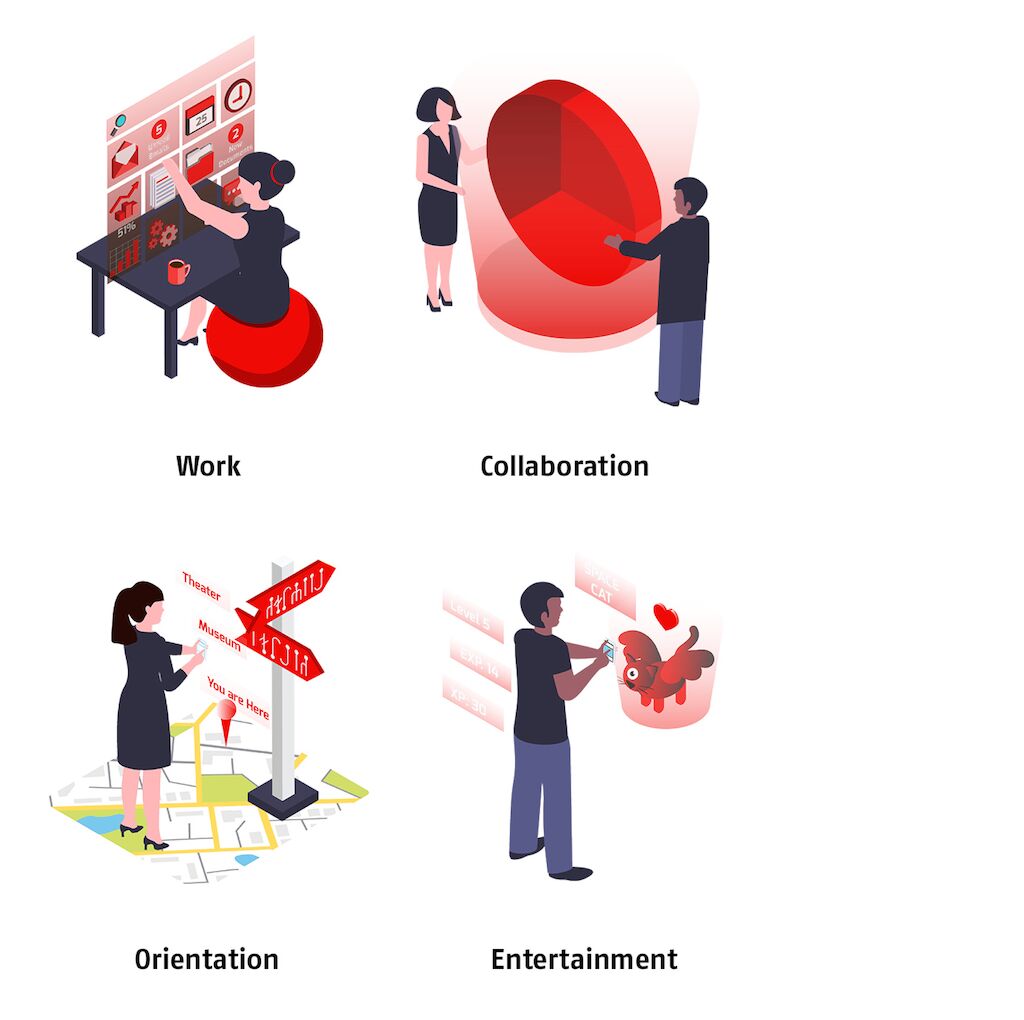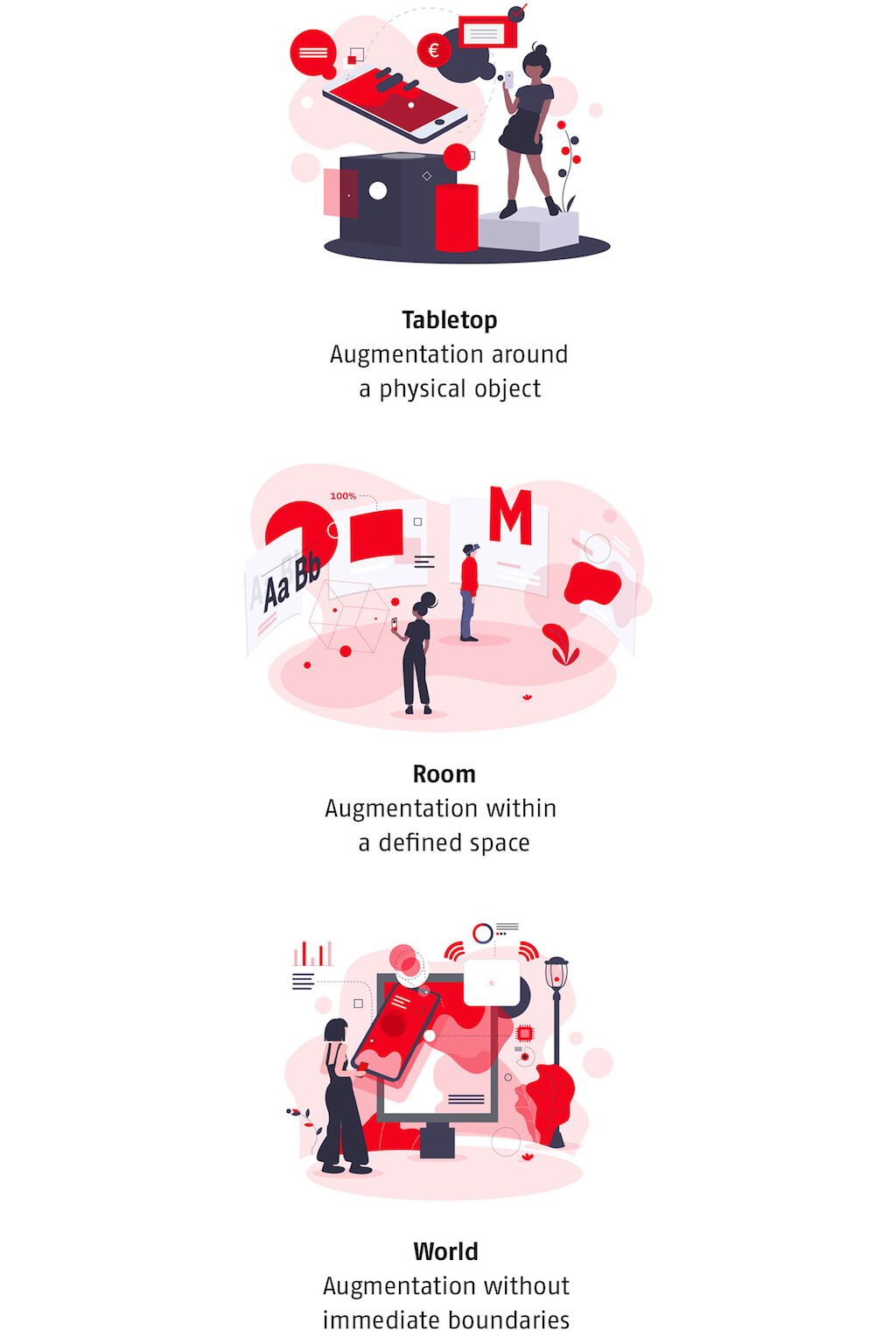Trade fairs are cancelled, shops closed, and personal encounters reduced to a minimum. Since early 2020, the coronavirus has been striking around the globe. For brands, this means many of their traditional sales and experience touchpoints can no longer serve their intended purpose.
To make up for the loss, companies are looking for alternatives: Equivalent or even more powerful ways to create experiences and present brands and products digitally. Augmented & Virtual Reality are moving into the center of attention.
The technology is ready, but brands are not
Here’s the catch: When it comes to AR and VR, the technology is ready, but most brands are not. Very few are actually taking advantage of their potential. Even fewer have either their people or their design assets ready to start creating experiences on a large scale.
Then there are the users. In order for people to engage in your AR or VR experiences, they must offer added value and be super easy to use: Low entry barriers, intuitive navigation and hints that encourage discovery during use. For brands it boils down to this: How can we create experiences that users really want and that are differentiating and on-brand at the same time?
Two key considerations
From a branding perspective, the answer has two parts.
Create branded moments: Aim to offer special moments that highlight your brand’s uniqueness. They can be big or small. Something users remember and come back for. Start by identifying the use cases or interactions that are most important to your users, your brand and your products. How can AR or VR complement them in a meaningful way?
Framework for implementation: Do you have everything in place it needs to start designing in virtual 3D space? From the very elements that make your brand recognizable to a target picture that everyone working on the experiences shares, defining how these interactions and experiences should feel like to users?
Although AR and VR have some similarities, they work in very different ways and serve different purposes. In the following, I will mainly focus on AR. Since the necessary hardware (smartphone or tablet) is widely available, we can expect a faster mass market acceptance.
1. Create branded moments
Branded moments in Augmented Reality make the brand become truly interactive. Which moments are suitable for your specific brand? In our experience, almost all types of situations have the necessary potential given that the use case is relevant to its users. As a through-starter, please consider these four main application areas for AR:


